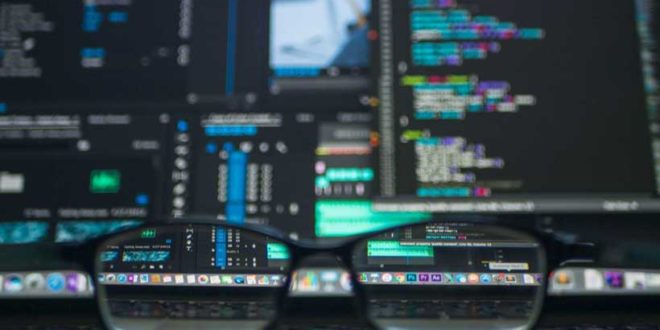Srinias Reddy
Digital technologies – such as artificial intelligence, 3D printing, cognitive computing, big data, automation, the Internet of Things, advanced robotics and blockchain – are affecting many occupations, both jobs and tasks. The types of skills being demanded by employers are also changing, causing disruption in the task and skill profiles of traditional occupations, such as those in the manufacturing sector. The gig economy also emerged, with people working flexible hours, often producing deliverables with the help of technology.
In my previous blog I highlighted some of the effects the drivers of change are having on the types of skills anticipated for the future labour market, such as readiness to change. Now I would like to look deeper into current and emerging digital innovations for acquiring agility and resilience through Life Long Learning (LLL).
Adopting the LLL approach can help all countries, both developed and developing, not only to produce digital catalysts and entrepreneurs for the labour market, but also an agile and digitally savvy workforce – young and old – who are skilled, re-skilled, and up-skilled to adapt to technology affecting their careers.
This requires investment in digital skills through the education system, vocational skills training across age groups, and investment by enterprises in the training of workers. For example, new learners can start with core, generic, digital skills such as basic digital literacy, sending emails and using social media. They could then advance to learning programming skills, customer management skills, and digital media and design. Thereafter, more advanced learners could opt for acquiring specialized ‘Industry 4.0’ digital skills for creating, managing and maintaining advanced technologies in the manufacturing sector.
To unfold this digital education and training strategy, and work towards developing and implementing a digital learning policy, countries need to have both trainers and infrastructure. Interestingly, both low and high-technology can facilitate LLL in a cost-effective manner.
Digital technology is being increasingly used worldwide to provide greater, low cost, access to high quality, personalized learning, through online videos, Massive Open Online Courses (MOOCs), online learning portals, mobile applications, and challenge-based games. Instructors and schools are using digital technologies to track the learning outcomes of educational programmes using assessment exercises that capture individual learner progress through tablets and smartphones.
The results are presented on virtual dashboards for instructors. Programmes utilizing artificial intelligence and data analytics then identify trends in computerized databases, and produce reports for learners and parents on areas of improvement. Computerized Education Management Information Systems (EMIS) and Labour Market Information Systems (LMIS) can provide information on access to education, and assessment results by gender and the location of schools (e.g. urban/rural). Low-end digital technologies such as pre-recorded educational videos, satellite-based tools, television and radio programmes are also very powerful tools in reaching learners from vulnerable and disadvantaged communities, even in remote areas. Cross-country technology transfer and knowledge-sharing are the keys to demystifying and delivering the benefits the technology revolution offers. Employers’ and workers’ organizations frequently have a leading role in life-long learning, including anticipating future skill requirements and participating in their delivery.
So, can we use innovation to steer LLL? Yes, we can. Whether you are a young person looking for a job, a worker worried about losing your job because of increasing automation, or, someone who is simply in awe of the different technologies, acquiring new skills that meet changing market demands could improve your employability, and this can be achieved through modern technologies.
 Geostrategic Media Political Commentary, Analysis, Security, Defense
Geostrategic Media Political Commentary, Analysis, Security, Defense





